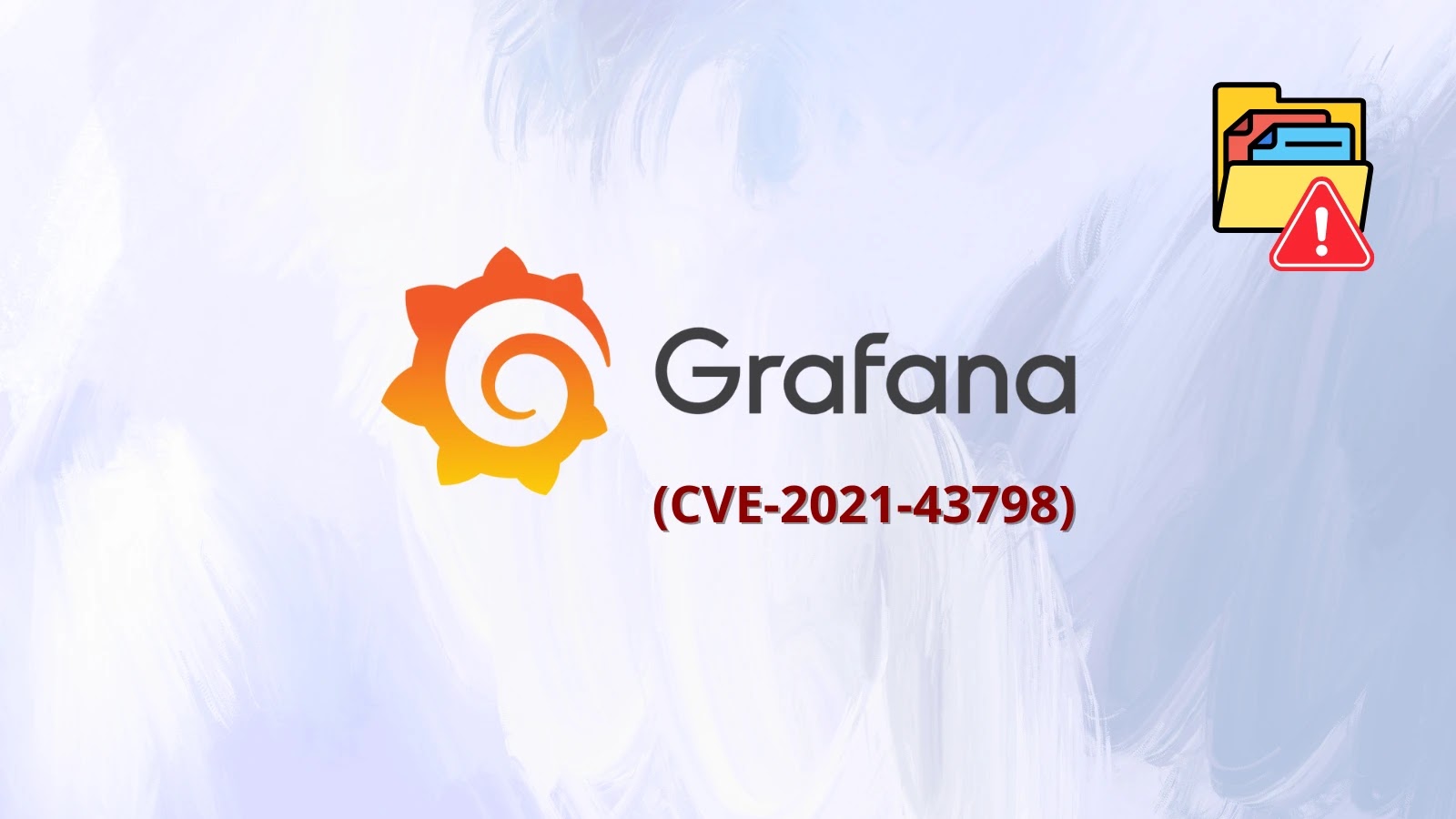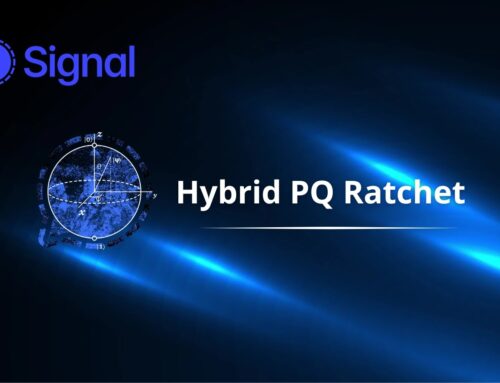
Hackers Attempting to Exploit Grafana Vulnerability that Enables Arbitrary File Reads
In the dynamic landscape of digital threats, a familiar foe has resurfaced, demanding immediate attention from organizations leveraging the popular open-source analytics and visualization platform, Grafana. Recent observations by cybersecurity researchers reveal a significant surge in exploitation attempts targeting a critical Grafana vulnerability. This widespread effort underscores the persistent danger posed by unpatched systems and highlights the imperative for robust security posture. Understanding the mechanics of this threat and implementing timely remediation are paramount to safeguarding sensitive data and maintaining operational integrity.
This article delves into the specifics of this renewed exploitation, offering a comprehensive analysis for IT professionals, security analysts, and developers. We will explore the technical details of the vulnerability, the impact of successful exploitation, and most importantly, provide actionable steps to mitigate the risk.
Understanding the Grafana Vulnerability: CVE-2021-43798
On September 28th, security researchers at GreyNoise identified a dramatic increase in attempts to exploit CVE-2021-43798. This isn’t a new vulnerability; it’s a known path traversal flaw first publicly disclosed in December 2021. The vulnerability exists within Grafana and, when successfully exploited, allows an attacker to perform arbitrary file reads on the underlying system.
A path traversal vulnerability, also known as directory traversal, enables an attacker to access files and directories stored outside the intended root directory of an application. By manipulating file paths in requests, an attacker can trick the application into revealing sensitive information, configuration files, or even credentials that should be inaccessible. In the context of Grafana, this could expose database connection strings, API keys, user lists, and other critical data that could then be used for further, more damaging attacks.
The sudden spike in exploitation attempts suggests a coordinated effort by malicious actors to capitalize on instances of Grafana that have not been adequately patched since the initial disclosure. This renewed focus on an older vulnerability serves as a stark reminder that even well-documented flaws can remain a significant threat if not addressed promptly and thoroughly.
Impact of Arbitrary File Reads in Grafana
The consequences of successful exploitation of CVE-2021-43798 can be severe. Access to arbitrary files on a server hosting Grafana can lead to:
- Data Exfiltration: Attackers can read sensitive configuration files, authentication credentials, or even business-critical data stored on the server.
- Credential Theft: Database passwords, API tokens, and other sensitive access keys can be stolen, leading to broader system compromise.
- Information Disclosure: Internal network layouts, server details, and application logic can be exposed, providing attackers valuable reconnaissance for subsequent attacks.
- Privilege Escalation: Knowledge gained from file reads might lead to further vulnerabilities that allow an attacker to gain higher privileges on the system.
- Reputational Damage: A data breach resulting from this vulnerability can severely impact an organization’s reputation and customer trust.
Given Grafana’s common deployment as a central hub for monitoring and analytics across various critical systems, a breach through this vulnerability could have far-reaching implications, potentially compromising an entire infrastructure.
Remediation Actions: Securing Your Grafana Instance
Addressing CVE-2021-43798 is critical for any organization running Grafana. The primary and most effective remediation is to update your Grafana instance to a patched version. Grafana versions that address this vulnerability include:
- Grafana 8.0.7
- Grafana 8.1.8
- Grafana 8.2.0-beta1
If immediate patching is not feasible, consider implementing the following mitigation strategies:
- Restrict Network Access: Limit direct public internet access to your Grafana instance. Place it behind a VPN or an application aware firewall.
- Principle of Least Privilege: Ensure the user account running the Grafana service has only the absolute minimum permissions required to function.
- Input Validation: While this vulnerability generally indicates a lack of proper input validation, ensure any custom plugins or configurations also practice stringent input sanitization.
- Web Application Firewall (WAF): Deploy a WAF with rules designed to detect and block path traversal attempts.
- Regular Auditing and Monitoring: Continuously monitor Grafana logs for suspicious activity, unusual file access patterns, or failed login attempts.
Tools for Detection and Mitigation
Organizations can leverage various tools to assist in the detection of vulnerable Grafana instances and to monitor for exploitation attempts:
| Tool Name | Purpose | Link |
|---|---|---|
| Nessus | Vulnerability scanning for CVE-2021-43798 and other known flaws. | https://www.tenable.com/products/nessus |
| OpenVAS | Open-source vulnerability scanner to identify unpatched Grafana instances. | http://www.openvas.org/ |
| Suricata / Snort | Network intrusion detection systems (NIDS) to detect exploitation attempts. | https://suricata-ids.org/ / https://www.snort.org/ |
| ModSecurity | Web Application Firewall (WAF) to block malicious requests. | https://modsecurity.org/ |
| Grafana Logs | Internal Grafana audit logs for suspicious access and errors. | (Consult Grafana documentation for logging configuration) |
Conclusion
The recent surge in exploitation attempts targeting CVE-2021-43798 serves as a critical call to action for all organizations using Grafana. While this vulnerability is not new, its re-emergence in large-scale attacks underscores the importance of a proactive and continuous patching strategy. Arbitrary file read vulnerabilities can lead to significant data breaches and system compromises, making immediate remediation essential.
By prioritizing updates, implementing robust security controls, and actively monitoring for suspicious activity, organizations can effectively mitigate the risks associated with this Grafana vulnerability and maintain the integrity of their monitoring and analytics infrastructure.





